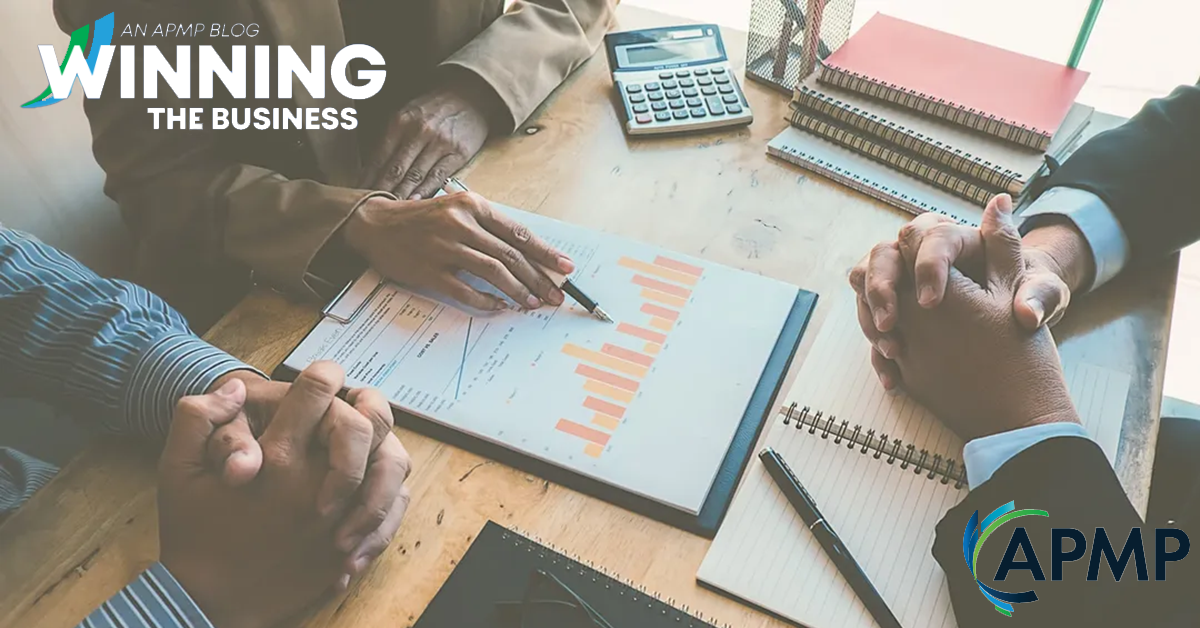In today’s data-driven world, storytelling has transformed by integrating data and visualizations. Data-driven writing combines the analytical power of data with the emotive impact of narratives and the clarity of visualizations to engage audiences.
The Essence of Data-Driven Storytelling
Data-driven storytelling merges data, narrative, and visualizations to create compelling stories that resonate and involve audiences. By harnessing insights from data, crafting a captivating narrative, and presenting visual information, proposal practitioners can convey complex concepts in a digestible and impactful manner, making the audience a part of the story.
As written in Harvard Business School Online (HBSO): “Data storytelling is the ability to effectively communicate insights from a dataset using narratives and visualizations. It can be used to put data insights into context and inspire action from your audience.”
HBSO are three key components to data storytelling:
- Data: A thorough analysis of comprehensive data forms the backbone of your data story. Using various analytical methods –descriptive, diagnostic, predictive, and prescriptive analysis – helps you understand the whole story told by your data.
- Narrative: Your narrative, also known as a storyline, is how you communicate the insights you’ve learned from your data, the context and background of that data, and recommended actions as a result. This also helps to inspire in your audience.
- Visualizations: Effective visualizations, e.g. charts, graphs, diagrams, pictures and videos, of your data and narrative enhance the clarity and impact of your message.
Data storytelling serves a multitude of purposes – both internal, e.g. illustrating the need for product enhancements based on user feedback, and external, e.g. persuasively presenting your product to prospective buyers.
In the digital age, data-driven writing has appeared as a powerful tool for effective engagement in communicating complex information.
The Role of Data in Narratives
Data serves as the backbone of data-driven storytelling, providing the foundation for narratives to unfold. Using different data types – quantitative, qualitative, and big data – proposal practitioners can uncover meaningful insights, drive decisions and convey compelling narratives that resonate with audiences.
Crafting an engaging narrative from data involves finding key story elements, such as protagonists, conflicts and resolutions. The discourse transforms data from a collection of facts into a story. The storyline guides the audience through the data, highlighting key points and drawing attention to the most critical insights.
By using writing techniques, data storytellers can weave data-driven elements into a cohesive, impactful narrative that captivates audiences and inspires action. A well-crafted narrative is engaging and accessible, making complex data understandable to a broad audience.
Visualizing Data for Impact
Data visualizations are crucial in data-driven writing because they transform complex data sets into clear and compelling visuals. Charts, graphs and infographics help proposal practitioners present accessible and visual data in an engaging manner, enabling quick and intuitive audience comprehension.
As written in Microsoft Power BI, “Data visualization plays a significant role in determining how receptive your audience is to receiving complex information. Data visualization helps transform boundless amounts of data into something simpler and digestible. Here, you can supply the visuals needed to support your story. Effective data visualizations can help:
- Reveal patterns, trends, and findings from an unbiased viewpoint.
- Provide context, interpret results and articulate insights.
- Streamline data so your audience can process information.
- Improve audience engagement.”
Visualizations provide a context that helps the audience grasp the data’s significance. Compelling visualizations are clear, concise and complementary to the narrative, enhancing the story.
Integrating Data, Narrative and Visualizations
By integrating data, narrative and visualizations data-driven storytellers can create immersive writing experiences that resonate with audiences. Through compelling storytelling techniques and visually appealing data displays, proposal practitioners can convey information in a memorable and impactful way.
A prime example of data storytelling Bloomberg Business’s use of public data, primarily from NASA, to explain global warming. By organizing data into interactive charts, they allowed readers to explore the simple question: “What’s really warming the world?” Readers could navigate through the data at their own pace and engage with the data interactively, making them more likely to absorb and reflect on the information.
Embracing the Future of Data-Driven Storytelling
As technology continues to advance, the future of data-driven storytelling holds endless possibilities. Integrating artificial intelligence and machine learning will further enhance writing, enabling storytellers to extract deeper insights from data and create more personalized and engaging narratives.
Data-driven stories can offer valuable insights that inform decision-making processes, helping individuals and organizations make better-informed choices.
Data-driven storytelling is a powerful tool for conveying information, inspiring action and driving impact. By harnessing the power of data, crafting compelling narratives and presenting visual information, proposal practitioners can create immersive writing experiences that captivate audiences and drive meaningful change.
As we navigate a data-rich world, the ability to tell compelling data-driven stories will become critical to effective communication with diverse audiences. Whether you are a business leader, a marketer, a journalist or an educator, mastering the art of data-driven storytelling can empower you to make a lasting impact with your message.
Joanne Idria Ben is the Principal of Wordsmith Documentation Services, LLC, and she has a Master of Arts in English and Creative Writing.
Want to write for the Winning The Business blog?
As well as keeping APMP members up to date with the goings-on at APMP HQ, this blog is an opportunity for you to share your valuable insights and experiences with the rest of the APMP community. After all, you’re the experts!
If you have tips, experiences, practices or lessons learned that you’d like to write an article about, email me, APMP’s Writer/Editor, at erin.smith@apmp.org and I will guide you through the next steps. You can also check out our submission guidelines here. I’m looking forward to hearing from you.



Join the Conversation